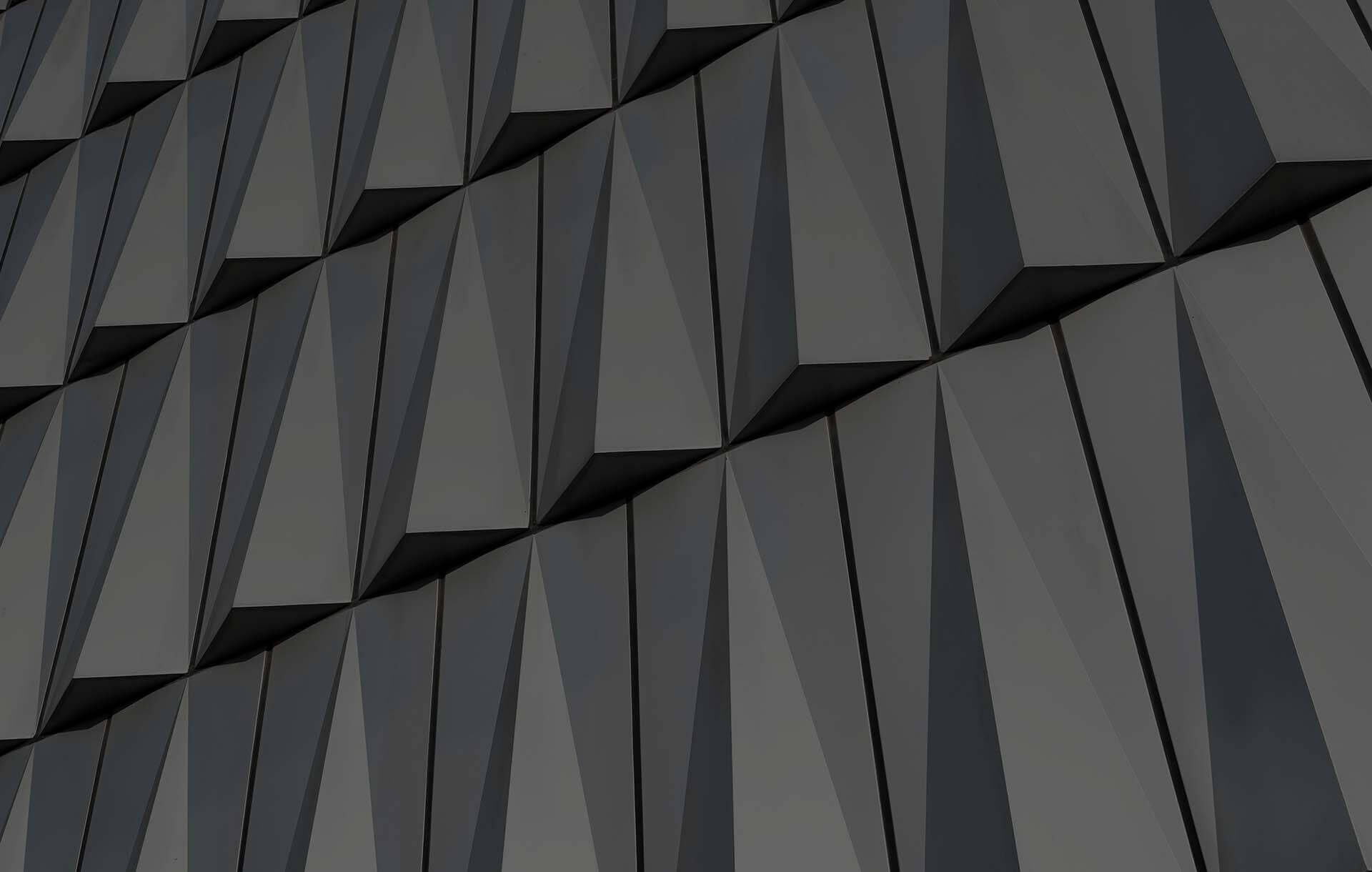Interfaces are critical for business processes because they ensure the exchange of information within system landscapes and with external communication partners. Undocumented or obsolete interfaces sometimes conceal considerable security risks. Outdated and incompatible interfaces can lead to serious disruptions in operations. In the context of “indirect SAP usage," it is also important to know in what form and to what extent an interface is subject to additional SAP licensing. Determining this is relatively complicated due to the unclear legal assessment of the current SAP licensing practice and continuous adjustments to SAP licensing policy.
The importance for companies to know and understand their interfaces was shown by the ruling handed down in the SAP UK Limited case against Diageo Great Britain Limited. SAP sued for over £54 million (over €62 million) in additional license and maintenance fees, citing users who could access Diageo’s SAP system via interfaces using other applications. The UK High Court sided with SAP, agreeing that indirect access also constitutes a right to usage fees. This shows that when integrating third-party products into their SAP landscapes, SAP customers must be aware of all the variables that might entail additional costs under their SAP license agreement.
Identify possible risks and act quickly
To determine the potential liability and any additional charges within the scope of an SAP license agreement, the interface environment in the SAP installation of a customer must be determined quickly and precisely. Interfaces are the gateways that regulate the fl ow of data to and from SAP systems. At the same time, they are the mechanisms that may incur fees for indirect users under SAP license agreements. Unfortunately, many companies lack precise information on their interface landscape – a substantial risk in terms of licensing, security and compliance.
Customers should thoroughly analyze their systems in order to obtain a clear picture of all existing interfaces. There are various ways to go about this. The most common method is a manual check combined with a system check. Yet manual processes are not recommended, as they are labor-intensive, time-consuming and generally inefficient, not to mention their higher error rate.
Common problems in determining the interface environment include:
- Lack of knowledge about interface types and numbers
- Missing, incomplete or obsolete interface documentation
- No central access to interface information
- No suitable graphical representation of the interface topology
- Irrelevant data records and missing fi lter options that make manual analysis and evaluation laborious, expensive and frustrating
Accuracy and speed play a decisive role here, meaning that SAP customers should only adopt established and, most importantly, automated solutions. A prime example of such a solution is SNP Interface Scanner, which generates precise results. This solution has been available as part of the CrystalBridge platform since 2019.

